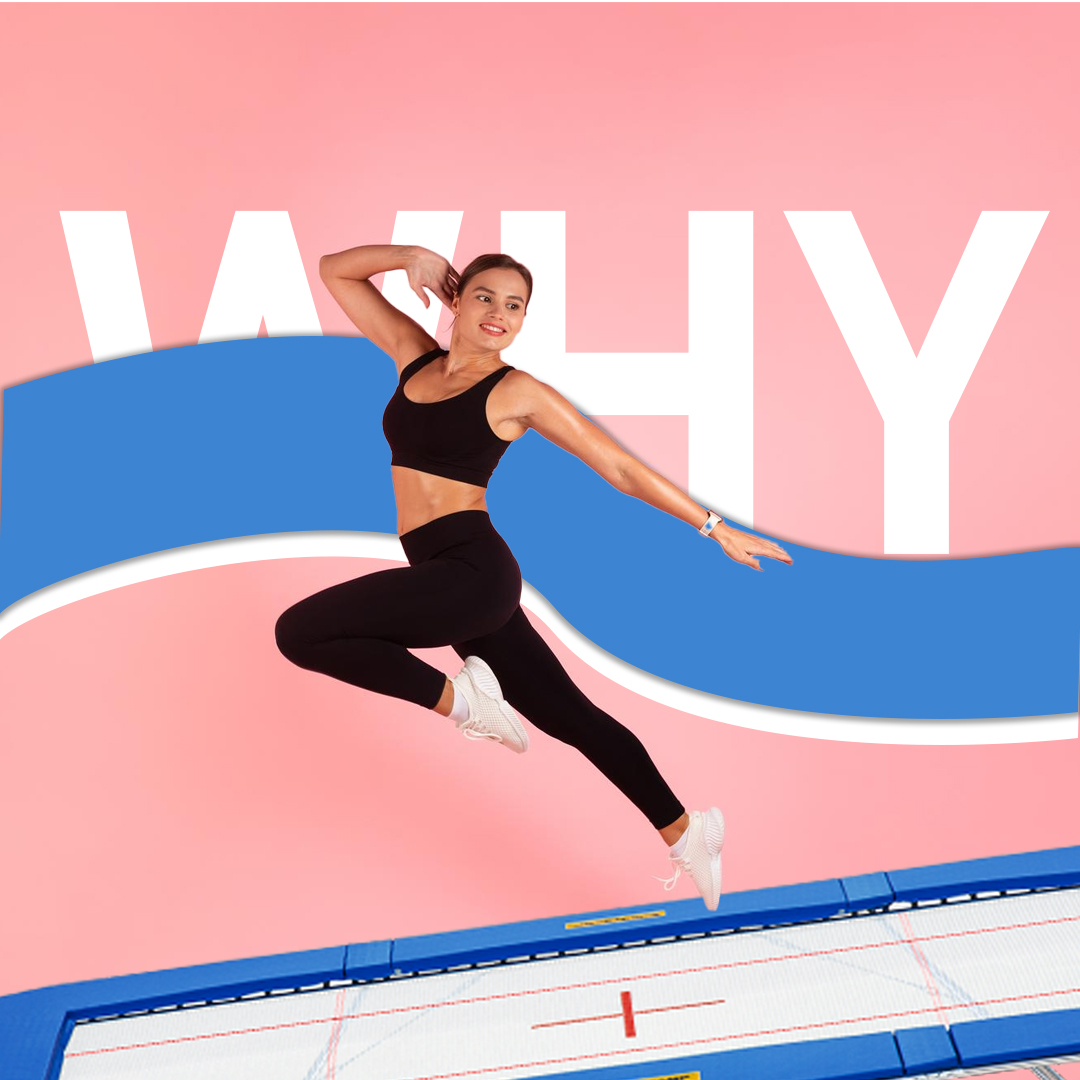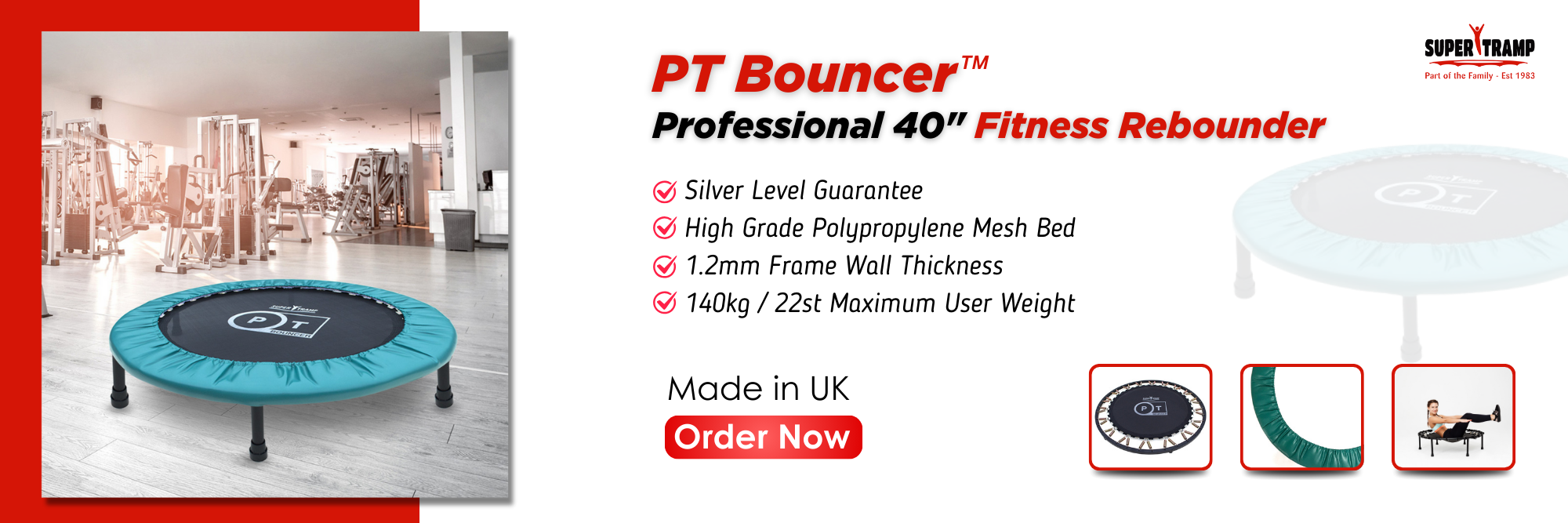
You’ve probably seen trampolines in back gardens and at children’s parties, but did you know the performance trampoline has become a serious bit of kit for professional athletes? That’s right – sports stars across the globe are now using the bouncy apparatus as part of their training regime. From footballers to gymnasts, the professional trampoline is being employed to boost performance.
Table of Contents
ToggleIt is helping athletes reach new heights by improving balance, endurance and muscle strength. There is science behind this unconventional training method and how it provides an intense full-body workout. Many sports pros are using the trampoline for their training.
In this blog, we will discuss why professional athletes are turning to the performance trampoline for training.
The Evolution of Athlete Training
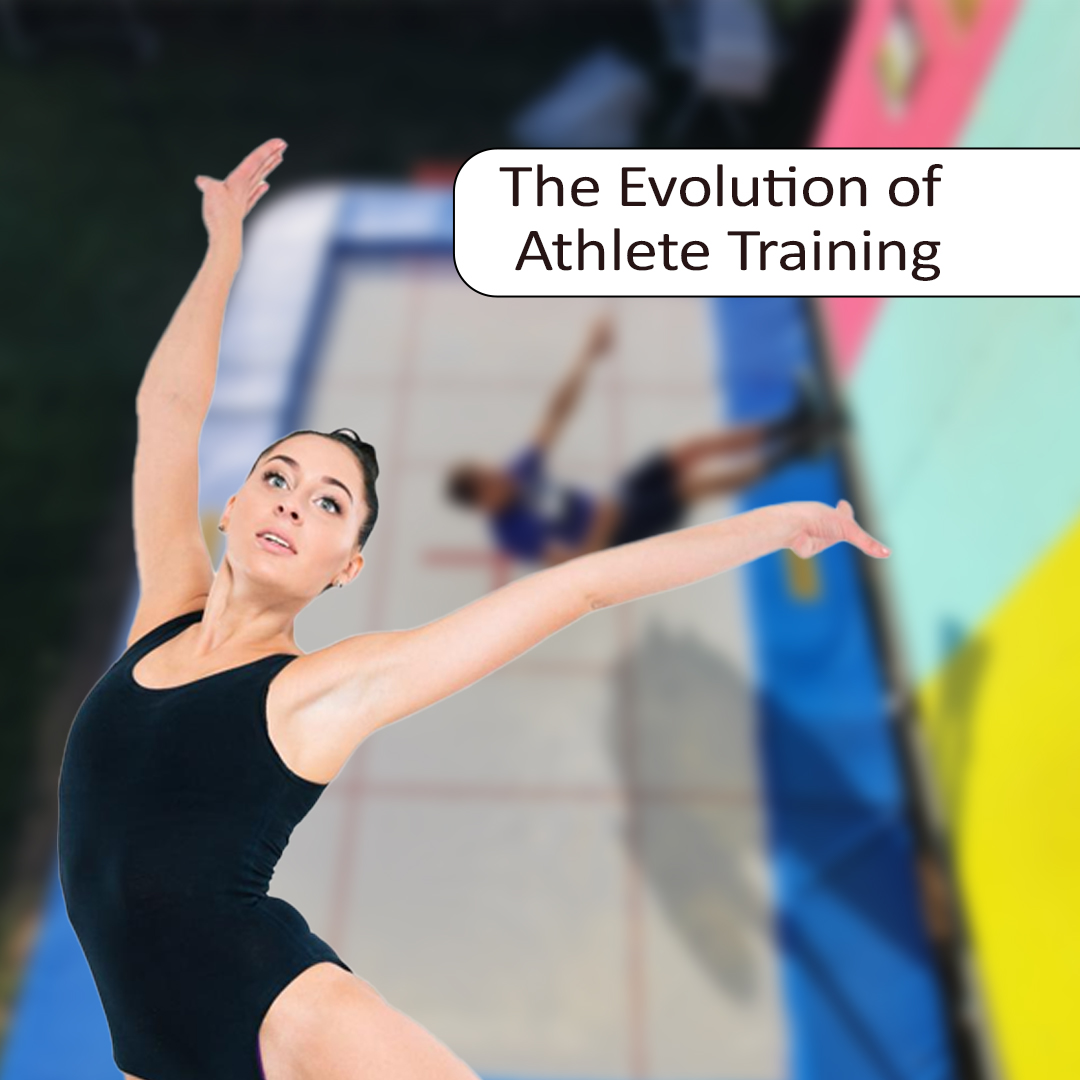
Athletic training has come a long way since the early days of sports. Initially, athletes focused primarily on skill work and building stamina through repetitive drills. As sports have progressed, training regimens have become more sophisticated. While skill and endurance remain essential, athletes now incorporate innovative techniques to gain a competitive edge.
Old School Methods
For decades, athletic training meant gruelling workouts, long jogs, and repetitive drills. These techniques built a solid fitness foundation but lacked elements that translate directly to sports performance. Athletes risked overuse injuries from the high-impact nature of their training. The narrow focus on a single element, like endurance, also limited the development of other attributes like power, agility, and explosiveness.
Thinking Outside the Box
In recent years, innovative tools and techniques have revolutionised athlete training. Agility ladders and other tools improve foot speed and body control. The performance trampoline is one of the latest innovations gaining popularity, especially among professional athletes. The trampoline allows athletes to perform sports-specific movements in a low-impact way. By combining skill work, plyometrics, and strength training on the trampoline, athletes can improve balance, body control, explosiveness, and power without excessive stress on the joints. The weightless environment also enhances proprioception, which helps athletes sense body position and movement. These benefits translate directly to sports performance.
While traditional training techniques still have merit, innovative tools open new possibilities for athlete training. By combining new and old methods, athletes can gain a performance advantage and reduce injury risk, allowing them to push their limits in a sustainable way. The performance trampoline and other advanced tools are revolutionising the way athletes train and prepare for competition.
Understanding a Performance Trampoline
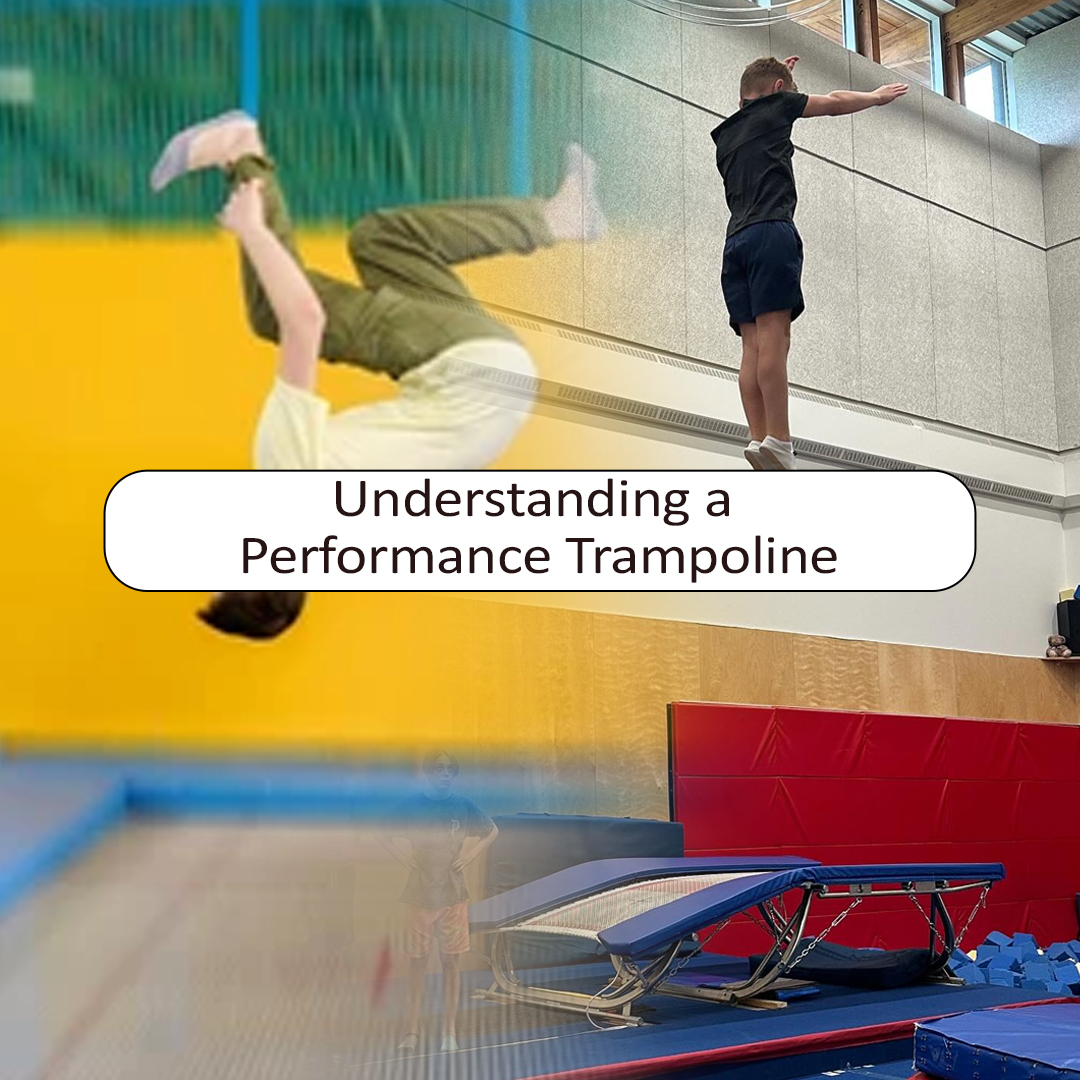
Performance trampolines are specialised trampolines designed for training and competition use. Larger trampoline with a sturdier build and higher quality components than recreational trampolines are used. The mat, springs and frame are engineered to handle the impact from complex aerial skills and routines.
Competition Trampolines
Competition trampolines meet strict regulations for competition use. They have a firm, responsive mat and high-tension steel springs to provide maximum lift and control. The frame pads are also competition-legal. These trampolines allow athletes to perform at their full potential and are a must for any serious trampolinist.
Rod Floor Trampolines
Rod floor trampolines have fibreglass rods in place of springs, providing a very quick, powerful response. They are used by many circus performers and competitive athletes for practising twists, releases and other advanced skills. The rods can take time to get used to but provide unparalleled power and control once mastered.
Double Mini Trampolines
Double mini trampolines have two connected trampoline beds at different heights, allowing athletes to perform a skill on one mat and dismount onto the other. They are used in competition and to master complex dismount skills.
Tumbling Trampolines
Tumbling trampolines have an extra-long, narrow mat ideal for practising tumbling skills and dismounts. The elongated design gives athletes more room to build up speed and momentum for multiple skills in a row. They are commonly used by gymnasts, circus performers and competitive trampolinists.
In summary, performance trampolines provide the responsiveness, durability and specialised design needed for advanced training and competition. Finding the right trampoline for your needs and skill level is important to master new skills and reach your full potential as an athlete.
Benefits of Training with Performance Trampolines
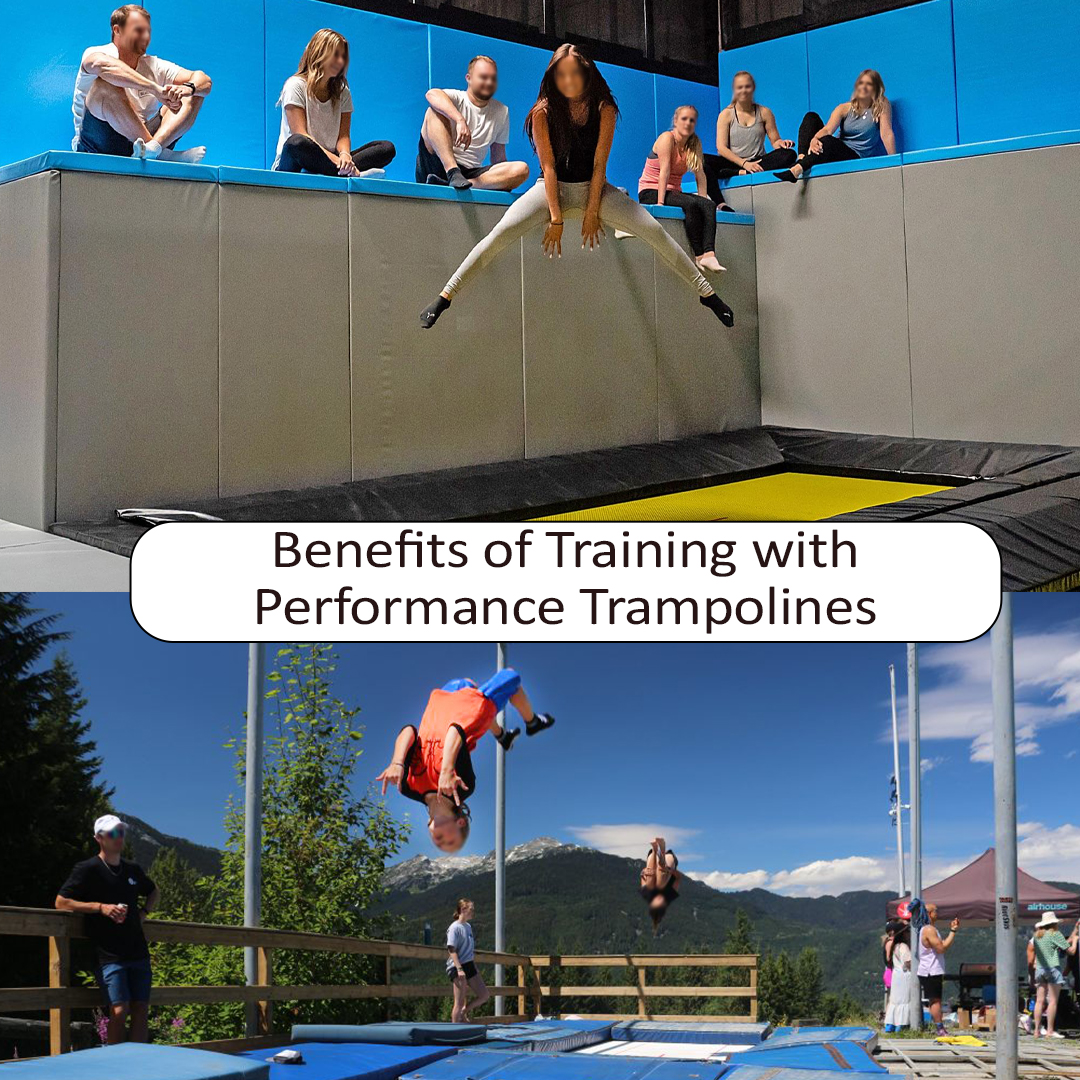
Training on a performance trampoline provides significant benefits for athletes. The repetitive bouncing motion provides an intense cardio workout, improving your stamina and endurance.
A Full-Body Workout
Performance trampolines provide a low-impact, full-body workout. As you bounce, every muscle in your body engages to keep you balanced and stabilised. This helps strengthen your core, legs, glutes, and upper body. The variability of movement also challenges your body in new ways, preventing plateaus.
Enhanced Balance and Coordination
Bouncing on a trampoline requires a high level of balance, coordination, and body control. As you get accustomed to the instability under your feet, your proprioception – your sense of where your body is in space – improves. This translates to better balance, form, and control in your sport.
Reduced Risk of Injury
The soft, elastic trampoline bed absorbs impact, reducing stress on your joints. This low-impact quality makes trampoline training a great option for injury recovery and prevention. The variability of movement also strengthens muscles in new ways, helping prevent overuse injuries from repetitive motions.
Performance trampolines provide a fun, challenging way for athletes to improve their skills and performance. The cardiovascular, balance, and coordination benefits translate directly to enhanced speed, power, and precision on the field or court. By adding trampoline training to their regimen, athletes can gain a competitive edge and minimise their risk of injury.
Tips for Incorporating Trampoline Training into Athletic Programs
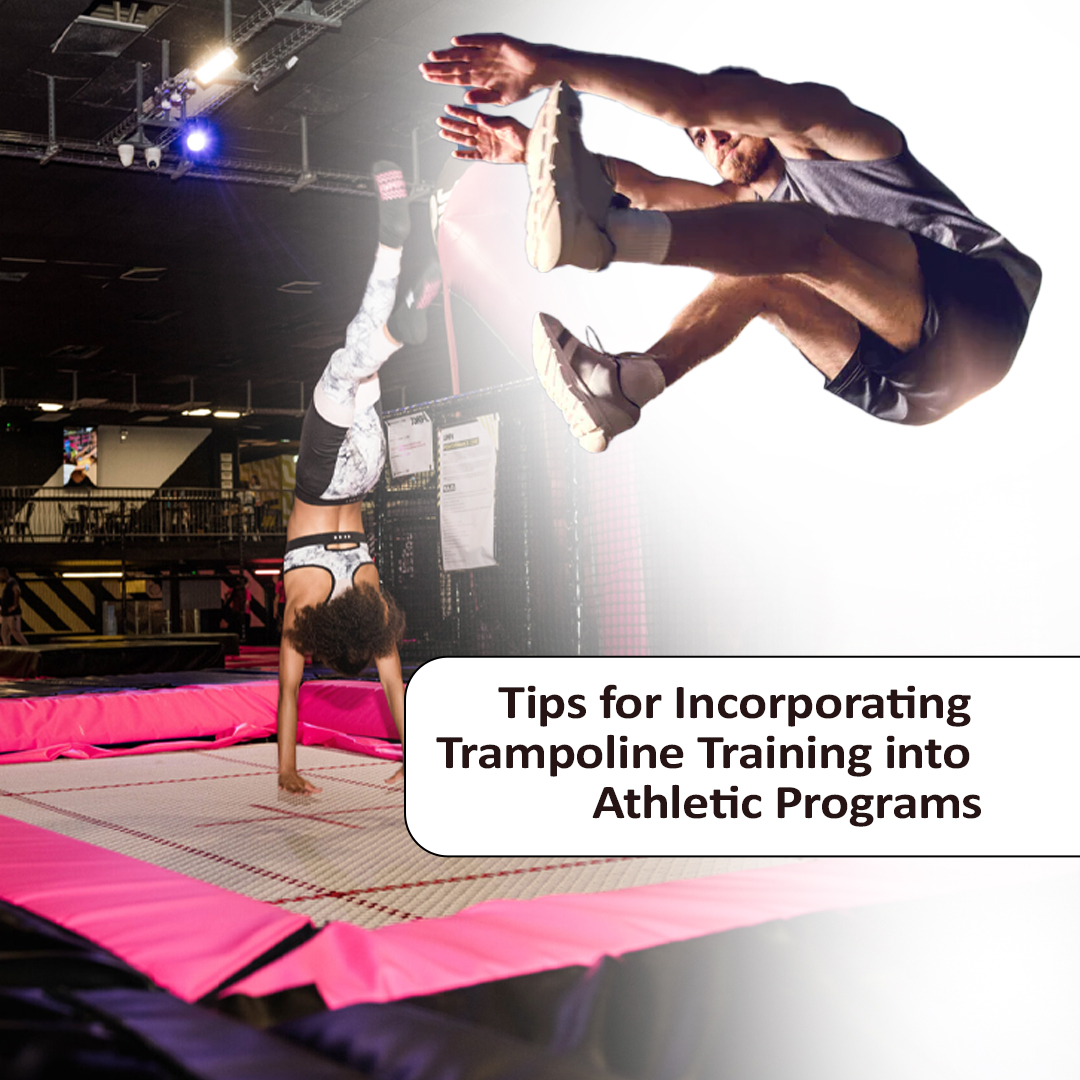
Start Slowly and Focus on Technique
When you start with trampoline exercises, start with basic techniques and low intensity. Have athletes practise controlled landings, balance, and coordination before progressing to more advanced skills. Focus on proper form to avoid injury. Start with simple jumps, knee raises, and butt kicks.
Add Variety
Once athletes have mastered the basics, incorporate a variety of different jumps and skills into the routine. Add twists, tucks, straddle jumps and seat drops. Work on directional control by having athletes jump in different directions across the trampoline. The more skills and variety, the more engaging and effective the workout will be.
Include Trampoline Work 2-3 Times a Week
For the best results, include trampoline training 2-3 times a week, with rest days in between for maximum benefit. Start with just 10-15 minutes at a time and build up endurance over weeks and months. Trampoline workouts provide an intense cardio workout, so athletes may need additional rest days if also doing other sports or weight training.
Observe Safety Precautions
Only one athlete on the trampoline at a time. Provide proper safety padding around the trampoline. Ensure athletes warm up, land with bent knees, and build up skills progressively. Have spotters present, especially when learning new skills. Require athletes to wear proper athletic shoes to avoid slipping. Following these best practices will minimise the risk of injury.
With the right technique and safety measures in place, trampoline training can be an excellent way for athletes to improve balance, power, endurance and skills that translate to better performance. Start slowly, focus on fundamentals, and build up variety and difficulty over time for the best results.
Conclusion
From keeping your balance to strengthening your core, the performance trampoline offers a fun and effective way for professional athletes to cross-train and take their abilities to the next level. With options for every budget and fitness level, trampolines make a great addition to any home gym or backyard. Just make sure you warm up properly and start slow. Who knows, with a bit of bouncing you may uncover your own inner athlete. Now go give it a go and see if trampolining can help you reach new heights in your training.
FAQ's
Why is jumping on a trampoline good exercise?
Jumping on a trampoline is excellent exercise because it engages multiple muscle groups, enhances cardiovascular fitness, and improves balance and coordination.
Is trampoline good for athletes?
Trampolines are beneficial for athletes as they offer low-impact training, aiding in agility, strength, and proprioception development while reducing injury risk.
What is trampoline training?
Trampoline training involves various exercises and routines performed on a trampoline to enhance fitness, coordination, and athletic performance.
Does trampoline increase stamina?
Indeed, trampolining can boost stamina as it enhances cardiovascular endurance and strengthens muscles, leading to overall improved fitness levels.
What is the science behind trampolining?
Trampolining involves the conversion of potential energy to kinetic energy upon impact, followed by repeated bouncing and muscle engagement. This process yields cardiovascular benefits and enhances coordination.
DON'T MISS...
- 5 Stunning In Ground Trampoline Ideas for Next Garden Makeover
- 12ft and 14ft Playground Trampoline Size Comparison for Your Garden
- Safety First: 5 Warning Signs Your Trampoline Needs to be Replaced
- The Top 7 Myths About Trampoline - You Should Know
- The Positive Effects of Playground Trampoline on Children's Well-being

